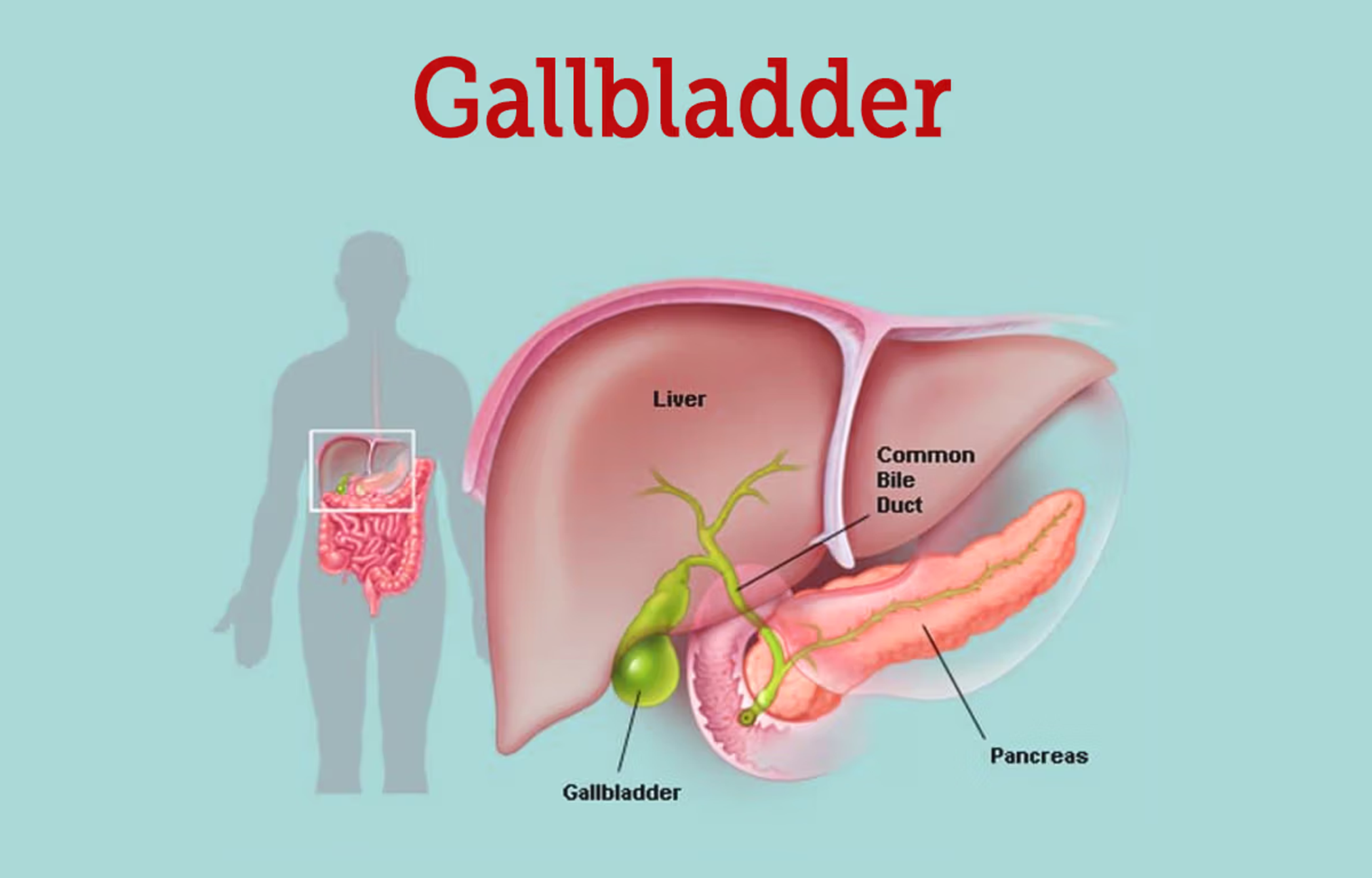- Timing: 8:30 Am to 7 Pm
- Call us: +91 9637257670 , +91 9730881414
- Timing: 7 Pm to 8:30 Am
- Call us: +91 9518519369
Call us: +91 9822433647

Gallbladder surgery, also known as cholecystectomy, is a common surgical procedure to remove the gallbladder. The gallbladder is a small organ located beneath the liver that stores bile, a digestive fluid produced by the liver. The surgery is typically performed to treat gallstones or gallbladder disease, such as cholecystitis (inflammation of the gallbladder).